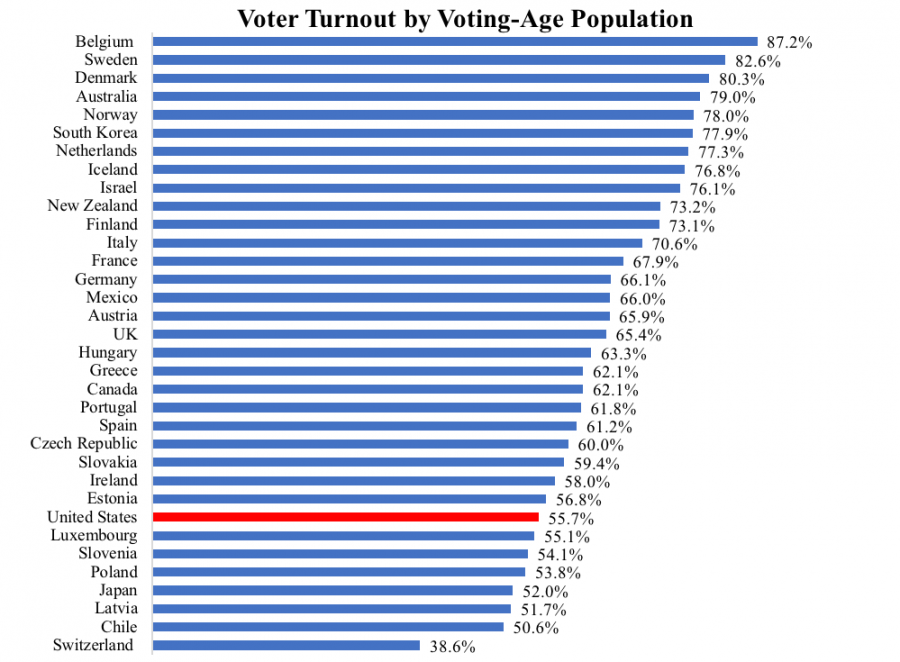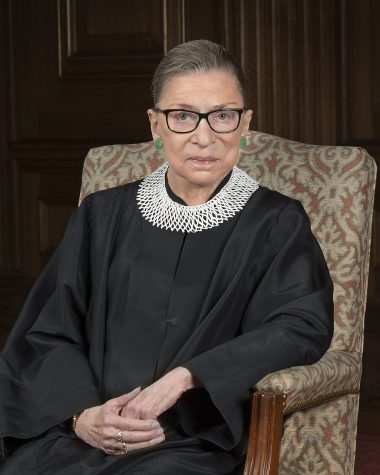Why don’t people vote?
When it comes to voting in any presidential election, turnout is a lot lower than expected even though millions of people are highly vocal about their opinions.
One of the most pressing questions in a detrimental time like now is this: Why don’t people vote? To answer that in short, not everyone can vote and the separate voter registration process by the state makes it difficult to be able to just register for voting
According to Pew Research, “only 55.7% of Americans voted in the last election.” Pew Research compared this number to the turnout in Belgium being 87.2%
Of the millions of people in our country who don’t vote are the people who cannot. Felons, unaffiliated party members, people with no ID, and people from US territories all can’t vote.
Unaffiliated party members are completely independent. This means that these people do not affiliate themselves with a political party.
When it comes to elections, there’s a limit to a democratic or republican candidate. Based on what Sanders Institute has mentioned, the last time a 3rd party candidate won any state’s electoral college vote for president was back in 1968.
Also, unaffiliated party members can be barred from voting in the primaries which can deter them from voting in the presidential election. In the last primary election, Open Primaries spoke about how thirteen states as well as D.C. closed their primary election. The NCSL touch based on this by saying “a voter seeking to vote… must first be a registered party member.”
The NCSL also explains that not all states are this strict. This was proven by the Open Primaries’ chart showing that sixteen states are open to all voters and twenty-one have mixed primary votes.
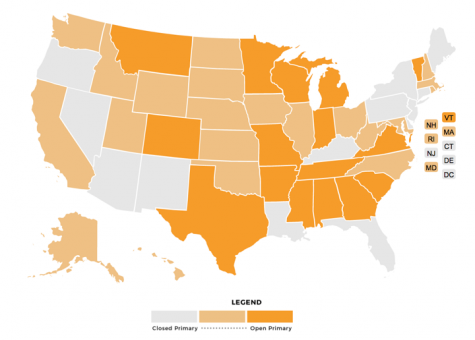
Included In the batch of people who cannot vote are felons. According to the Sentencing Project, “6.1 million people can’t vote due to felony disenfranchisement.” Sanders Institute created a chart highlighting that only two states allow felons to vote without restrictions, thirteen states have felons lose rights while incarcerated, twenty-six states are until the sentence is complete, six states can’t without governor discretion, and three states are either until the governor discretion or until completion of sentencing (depending on the district).
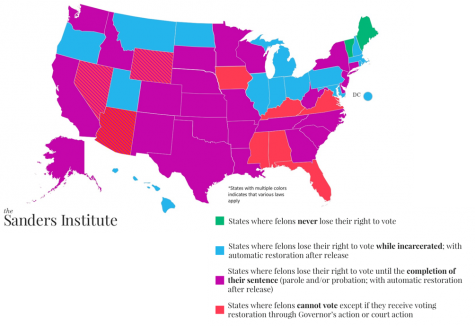
In the final group of people who can’t vote are people without a legal ID and citizens from US territories, not states. The Washington Post released statistics that showed that over 4.4 million citizens who reside in Puerto Rico, District of Columbia, Virgin Islands, American Samoa, Guam, and North Mariana Islands can’t vote. This is due to the fact that they don’t have any representation in the electoral college (except for DC who holds three electoral votes).
As for people without ID, the ACLU says that more than twenty-one million people do not have a government-issued photo ID. Based on the three hundred thirty million people that make up the population of the USA, that’s around 6% of the population.
Another major reason for people not voting is due to the separate registration process in general. While at age 18, every American male is sent a letter telling him he could be called for military drafting, this is not the case for voting.
There are many different voter registration deadlines in every state which can be incredibly confusing. For example, the Sanders Institute released information about Maryland’s registration process.
Maryland residents must register to vote in person, online, or by mail twenty-one days before the election. However, if they choose to vote in the early voting period, that person can then register in person only thirteen to fifteen days before the election. Also, not all states have voter registration online which can make the process even more confusing and complex.
The most important thing to know and understand from this is to ensure your voting spot by registering to vote in the upcoming election.
For more information about voter registration, see: https://www.pavoterservices.pa.gov/Pages/VoterRegistrationApplication.aspx
https://www.votespa.com/Register-to-Vote/Pages/How-to-Register-to-Vote.aspx
Your donation will support the student journalists of Parkland High School. Your contribution will allow us to purchase equipment and cover our annual website hosting and printing costs.
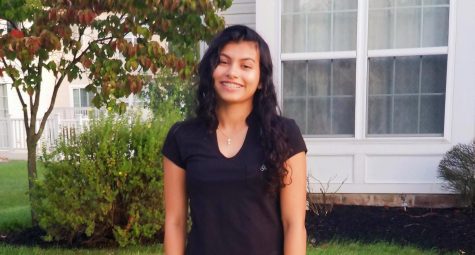
Gianna is a senior in her second year in the Trumpet Newspaper. She likes to write different pieces about anything ranging from fashion to politics....



